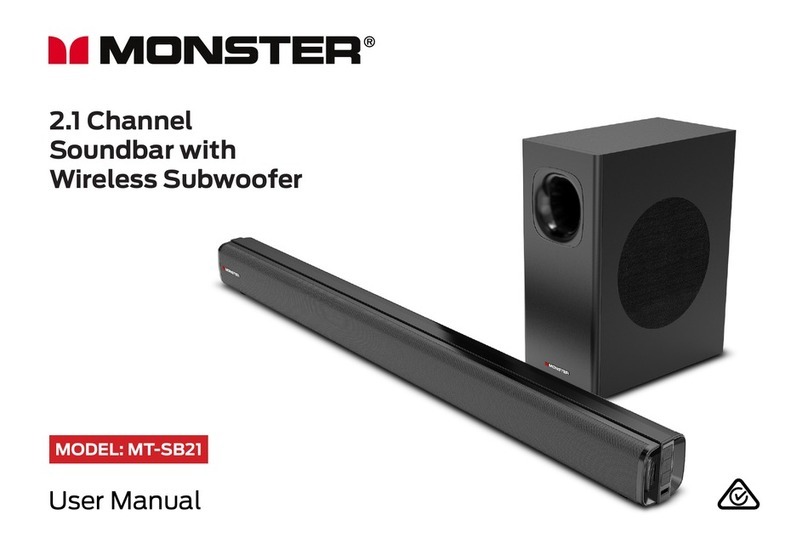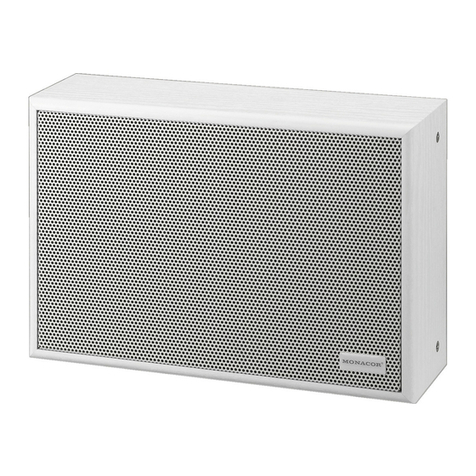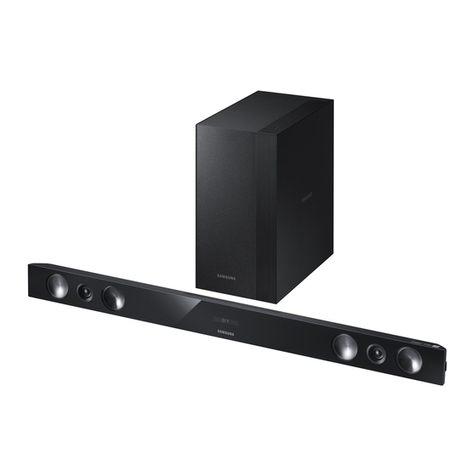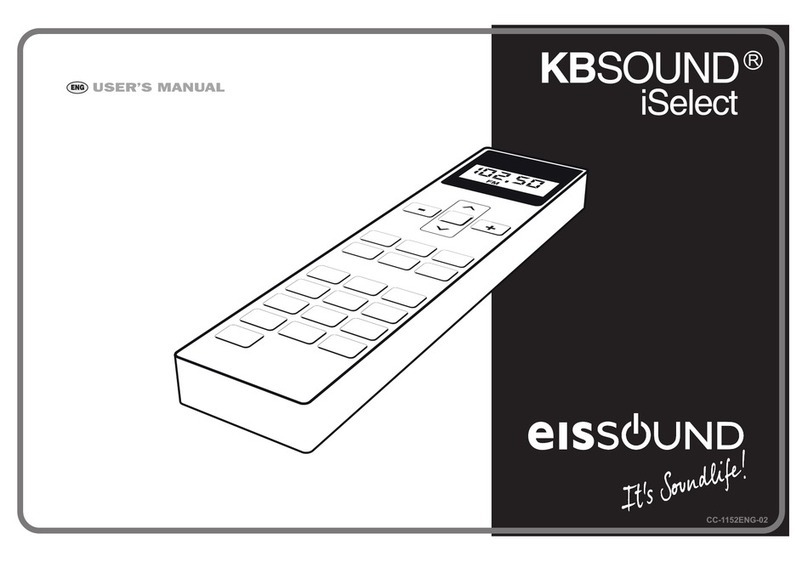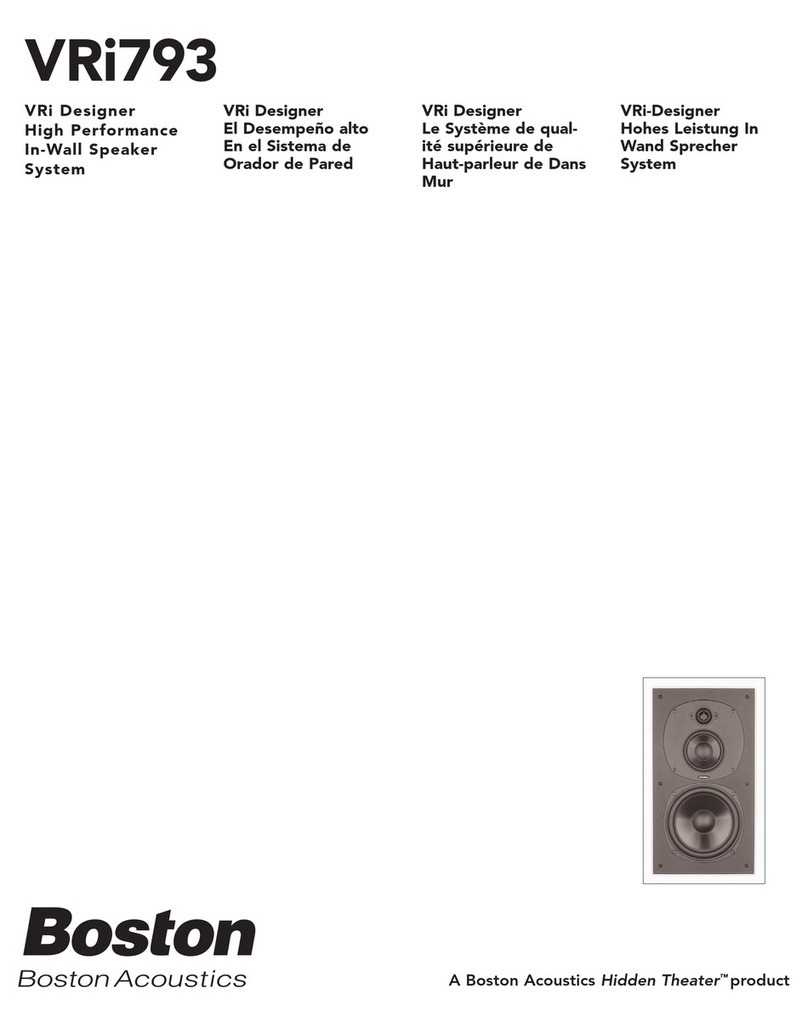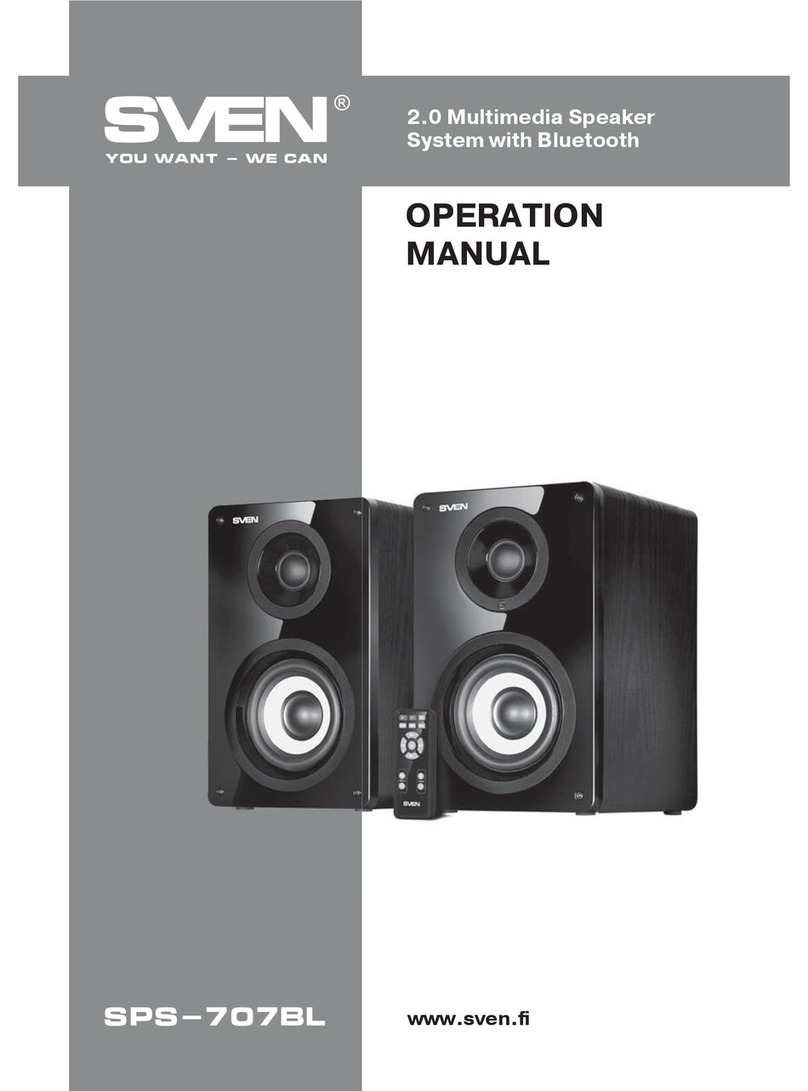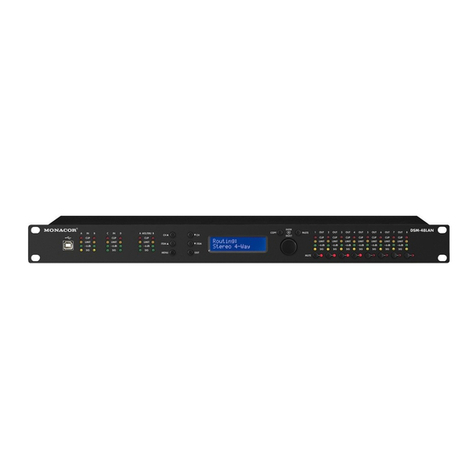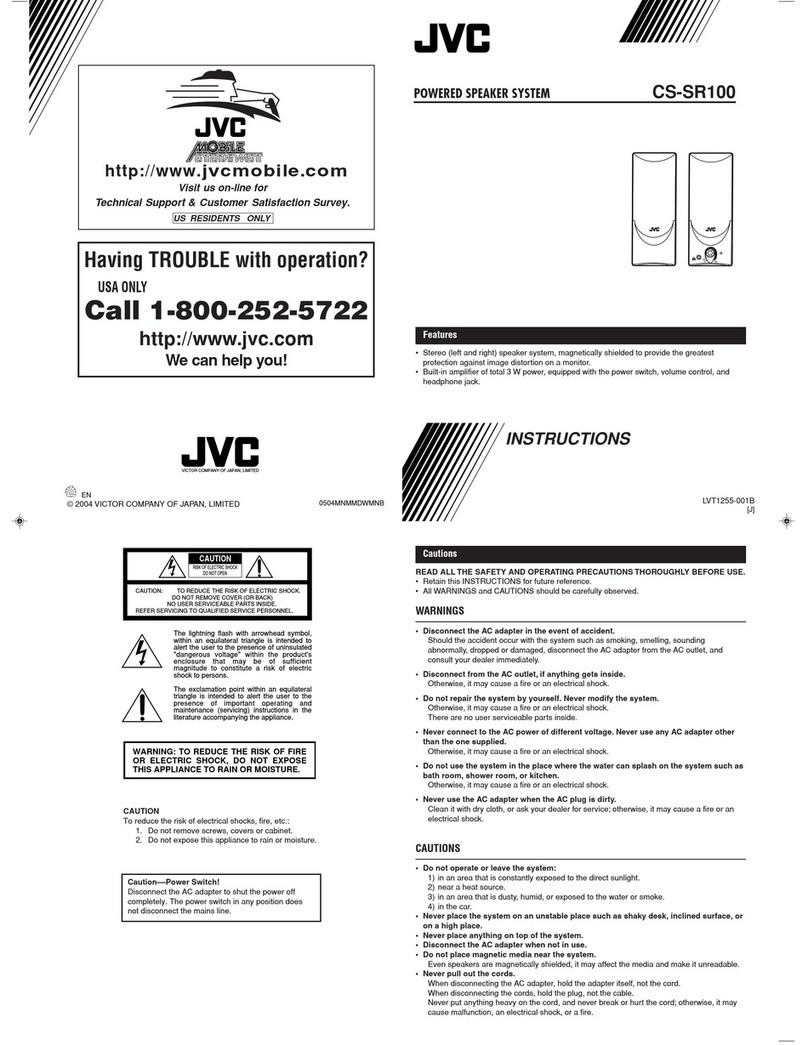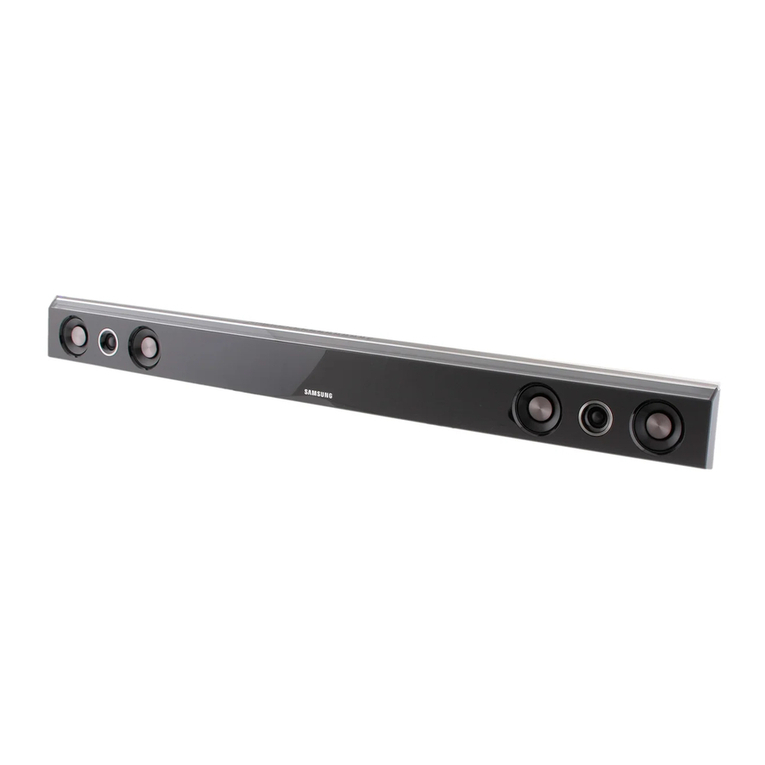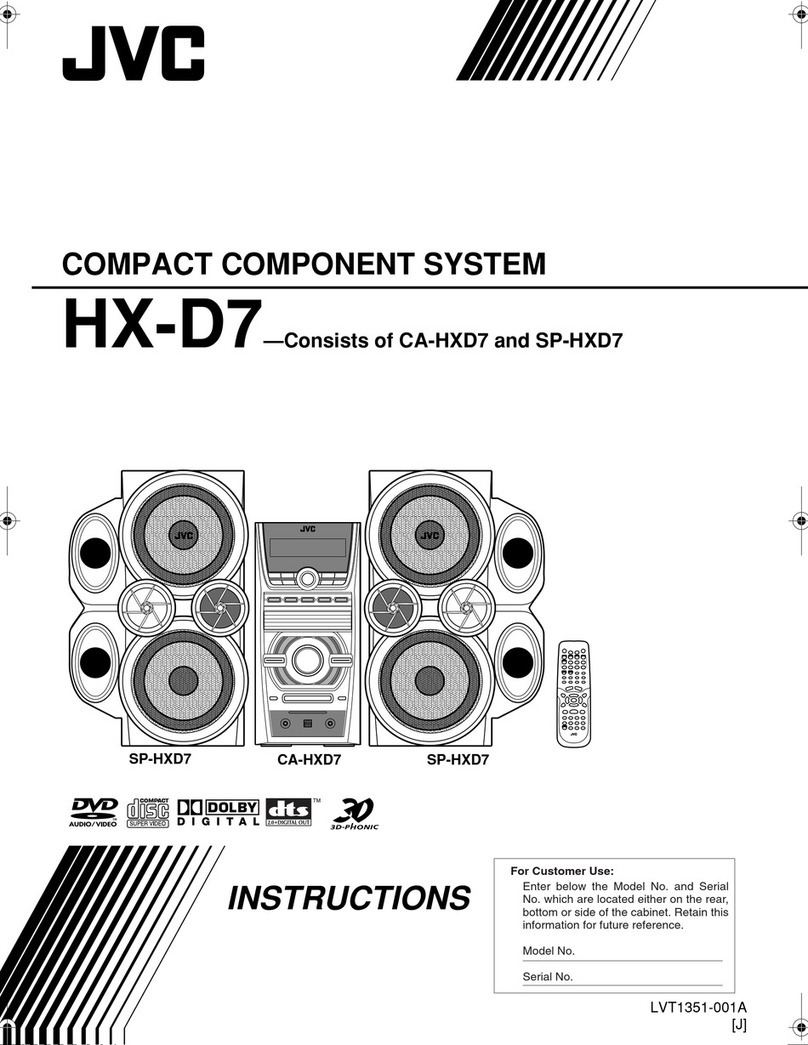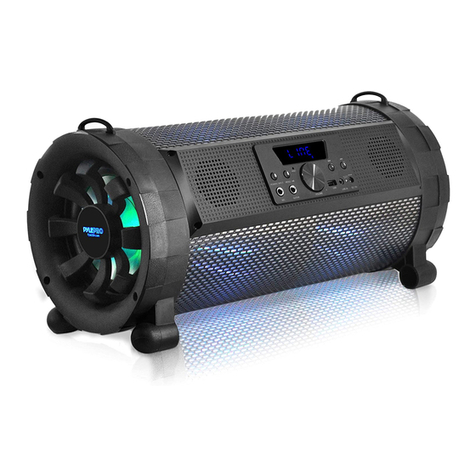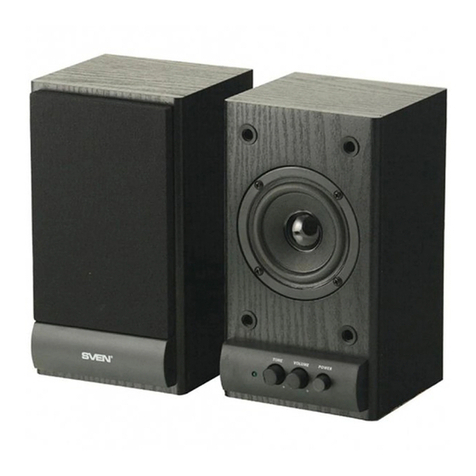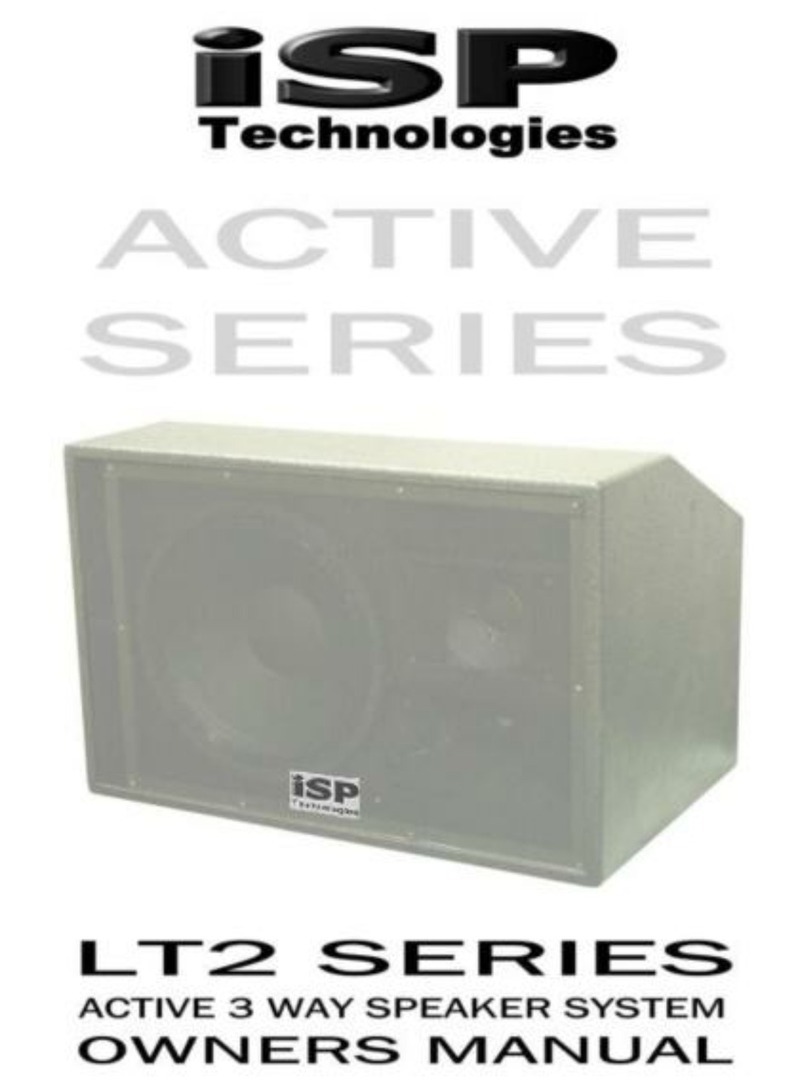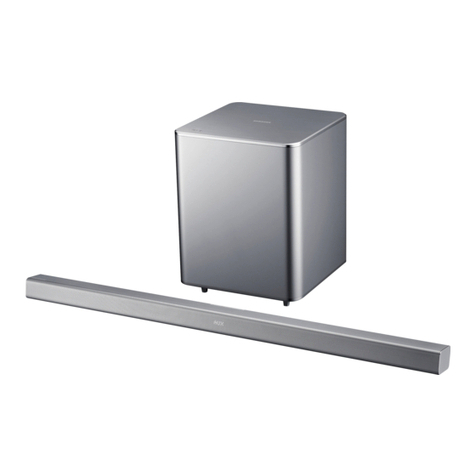CTP Systems dBbox User manual

1
dBbox
the manual

2
Introduction
The dBbox was designed primarily for use by sound and audio installation
engineers. The unit allows monitoring, metering and generation of both
analogue and AES/EBU audio from a poc et sized unit. The dBbox includes a
simple soft ey menu driven interface to ma e any test as simple as possible.
With the dBbox you can listen to and meter AES/EBU, analogue line and
microphone level signals with or without phantom power. The unit
can analyse sample rate, bits, status word and errors. It can send tone at
various levels and frequencies, send microphone input to analogue line or
AES/EBU output, test phantom power, test MIDI transmit and receive and
much more.
This manual will deal with each menu item individually. Each function will be
described by the button press sequence to access that item from the main
menu as in:
Main / Outputs / AES-EBU BNC / Tone
Where from the main menu button sequence is: Outputs then AES-EBU BNC
then Tone.
Some general information
The metering system has PPM ballistics and fully conforms to PPM
specifications.
The battery symbol on the top right of the display shows if you have enough
battery power for the current function. A solid bloc is a full battery. The dBbox
has an intelligent battery management system which switches off all
electronics not in use for a particular test. Different functions use varying
amounts of power, worst case is microphone input with phantom power on
selected to AES output. Any battery power display below one third may start
to impair meter accuracy. This will be especially noticeable if monitoring
through the loudspea er.
Press ‘main’ and ‘bac ’ together to toggle the LCD display bac light on and
off.
The headphone soc et in all analogue functions provides a mono output to
both ears. When in AES/EBU mode monitoring is stereo providing the
Left/Right monitor selector is set to ‘L’ (Left). Inserting a jac into the
headphone soc et will cut the internal loudspea er.
Meter scale may be set to either PPM or VU for analogue inputs or PPM,VU,-
18dBFS or -20dBFS for digital inputs.

3
Main / Inputs / Line
This is a fast way to listen to and meter an analogue line level signal. Press
up / down to alter the spea er volume.
Main / Inputs / Mic
Listen to and meter a low level source or a microphone output. Phantom
power is available to power a connected microphone.
Press 48v to toggle phantom on/off.
Press Mic gain to adjust gain in 10dB steps from zero level to +60dB. Keep
pressing and the level will start to increase bac to zero level.
Use vol up/down to alter the spea er volume.
Main / Inputs / BNC or XLR
Apart from the different input connectors and impedances all functions of the
XLR and BNC inputs are the same and so will be described together.
If there is not a valid AES/EBU source plugged into the dBBox then ‘No valid
AES input’ will flash on the screen.
Use vol up/down eys to adjust volume.
Main / Inputs / BNC or XLR / LR
If selected to L then monitoring and metering the Left AES channel
If selected to R then monitoring and metering the Right AES channel
Any analysing of the signal will be performed on the channel selected here.
Main / Inputs / BNC or XLR / Analyse
This will display various important details of the AES audio input.
Sample rate Sample rate is calculated directly from the incoming
cloc . Possible values are 22.05 Hz, 32 Hz, 44.1 Hz, 48 Hz, 64 Hz,
88.2 Hz, 96 Hz, 176.4 Hz and 192 Hz. Any other sample rates will be
displayed as ‘???’.
Audio bits Possible values 16 bit, 20 bit, 24 bit.
Emp asis On or off.

4
Copyrig t Yes or No.
Format Possible data types PCM, IEC61937, DTS_LD, DTS_CD.
Main / Inputs / BNC or XLR / Analyse / Status word
This displays the first five (and most important) bytes of the AES status word
in binary format.
Main / Inputs / BNC or XLR / Analyse / Errors
Chec s for the following errors:
CRC Q Subcode
CRC channel status
Unloc
Data validity
Biphase Encode
Parity
On selecting this item it will be in loop mode. Any error will be shown but only
for the duration of the error. If an error only occurs in one subframe it may well
be missed. If ‘Stic y’ is selected then when an error is encountered it will be
‘latched’ into the display and will continue to be displayed even if the error is
recovered. ‘Reset’ will clear all errors until they occur again. When selecting
‘Stic y’ always press ‘Reset’ directly afterwards to clear any false errors that
may occur on switching.
Main / Outputs / Tone
Press ‘Level Freq’ to move the cursor between level adjustment and tone
oscillator frequency. Level adjustment moves in 10dBb steps from +10dB to -
60dB. Oscillator range is from 50Hz to 25 Hz in analytical steps.
Main / Outputs / Mic
With mic set to ‘int’ the small internal electret mic is routed to the XLR output.
The microphone amplifier for the internal mic includes a noise gate and a
compressor.
With mic set to ‘ext’ plug a microphone into the XLR input. Amplified
microphone output is routed to the output XLR.
Press level to adjust the microphone gain in 10dB steps.

5
Press 48v to toggle the phantom power on and off.
When phantom is switched on or off it may ta e a few seconds for the mic
input (or the microphone) to settle.
Main / Outputs / XLR BNC
These outputs wor in exactly the same way as Main / Outputs / Tone and
Main / Outputs / Mic but the routing will be through either the XLR or BNC
AES outputs.
Format will be broadcast standard 24 bit 48 Hz.
Main / P antom Test
This will measure an external phantom power voltage. Please note that since
a female XLR will supply power to the microphone then the XLR male (Out)
connector is used to measure the voltage. Accuracy is +- 1 volt.
Any voltage over 60 volts will be displayed as ???.
This is also useful to chec beltpac system power. Powered channel may be
identified as well as voltage levels. Beltpac voltages will be approximate as
voltage readings are optimized for phantom power.
Main / More / 4 wire box
The dBbox will act as a four wire box using the internal microphone and
spea er. Listen to incoming audio and adjust the volume using Vol Down and
Vol Up. Press tal and spea into the internal mic. The internal spea er will
dim on tal to prevent feed bac . Incoming level will also be metered.
Main / More / MIDI
Press Read to chec incoming MIDI. The ‘Wait’ display will change to RX
when incoming MIDI is received. The display will scroll up as MIDI messages
are received. Press Clear to clear the display. MIDI note, channel number
and note on/off will be displayed.
Press Send to send MIDI note 60 ON using MIDI channel 1. Please note that
MIDI send is on non-standard pins for future MIDI through applications and an
adaptor lead will be required for the send function. Please contact us for more
details.
Main / More / Tone loop
Perfect for testing the frequency response of a piece of equipment. Connect
the XLR output to equipment input and equipment output to XLR input. Sweep
through the various tone frequencies and meter the response.
This function is also useful for a fast chec of an XLR cable.

6
Main / More / System Setup
The software version installed in the dBbox is shown here. Please chec our
website for the latest available version.
Press ana to select the metering system used in analogue mode. Possibilities
are PPM or VU. While VU will hold true for steady tone please note that the
meter ballistics are PPM.
Set Zero will enable fine adjustment of input level meter reading. A range of
approximately +- 2dB is available. Please don’t touch this unless you have a
fully calibrated reference source available.
AES enables selection of scale shown for digital inputs. This may be
-18dBFS (UK, most of Europe), 20dBFS (USA,Japan), VU scale, PPM scale.
How to update your dBbox software
The dBbox has a mini USB connector to allow for software update.
Please see our website page http://www.ctpsystems.co.u /support.html for the
latest information.
Output Levels
The dBbox ‘0dB’ output level is 0dBu, that is it generates 0.775 volts into a
10 ohm load, the most common input impedance these days. Into a 600 ohm
load it will be approximately 0.3dB lower. Inevitably the dBbox will sometimes
be plugged into a source with phantom power or something unpleasant on the
line and the unit must be able to protect itself. This protection comes at a price
which includes a higher output impedance in order to overcome these
possibilities, hence the variation.
If you have any software problems with your dBbox or you spot any incorrect
details in our manual please let us now so we can correct. Than you.

7
Technical Specifications
Input level tolerence Analogue and AES/EBU
0dBu +-0.1dB
-10dBu +-0.1dB
-20dBu - 0.5dB
-30dBu - 0.5dB
-40dBu - 0.5dB
-50dBu - 0.5dB
-60dBu + 2dB
Output level tolerence Analogue and AES/EBU
+10dBu -0.4dB
0dBu +-0.01dB
-10dBu +-0.1dB
-20dBu + 0.6dB
-30dBu - 2.5dB
-40dBu - 2.0dB
-50dBu + 1..5dB
-60dBu + 2dB
Analogue and AES/EBU Tone generator THD <0.07%
Table of contents
